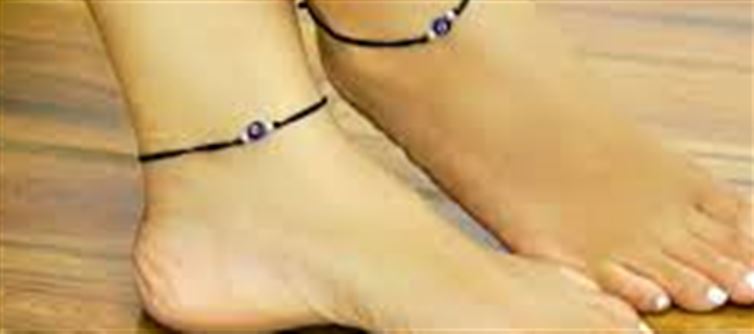
If you have ever noticed a baby or child wearing a small black thread around the ankle, you might have wondered why this practice is so common in many indian households. Far from being just a fashion statement, this custom has deep cultural, spiritual, and even health-related significance.
1. Protection from the Evil Eye
One of the primary reasons parents tie a black thread around their child’s ankle is to ward off the evil eye (Drishti/Nazar). In indian tradition, it is believed that babies attract a lot of attention, and some of that attention may carry negative energy. The black thread acts as a protective barrier, keeping away harmful vibes and shielding the child from bad luck or illness caused by negative intentions.
2. Spiritual Symbol of Safety
In many regions, priests or elders bless the black thread before tying it. This is considered a way to invoke divine protection for the child. It’s a simple ritual to ensure the little one is safeguarded from unseen dangers and remains spiritually secure.
3. A Way to Notice Movement
There’s also a practical reason behind this tradition. In the past, parents would tie a thread with a tiny bead or charm to hear the child’s movement and know they were nearby. It acted almost like an early “anklet tracker,” helping parents keep a closer watch.
4. Ayurvedic and health Beliefs
Some traditional practitioners believe that tying a black cotton thread helps in maintaining healthy blood circulation in the lower limbs. It is also said to have a calming effect on infants, similar to the way swaddling soothes babies.
5. Symbol of Simplicity and Purity
Unlike gold or silver ornaments, which may be expensive or heavy for a newborn, a black thread is simple, affordable, and safe to wear. This practice symbolizes humility and a focus on well-being over materialism.
A tradition That Lives On
Even today, many parents follow this age-old custom, blending faith, culture, and love. Whether you see it as spiritual protection or a sweet cultural gesture, the black thread on a child’s ankle carries generations of belief and care.
Disclaimer:
The views and opinions expressed in this article are those of the author and do not necessarily reflect the official policy or position of any agency, organization, employer, or company. All information provided is for general informational purposes only. While every effort has been made to ensure accuracy, we make no representations or warranties of any kind, express or implied, about the completeness, reliability, or suitability of the information contained herein. Readers are advised to verify facts and seek professional advice where necessary. Any reliance placed on such information is strictly at the reader’s own risk..jpg)




 click and follow Indiaherald WhatsApp channel
click and follow Indiaherald WhatsApp channel